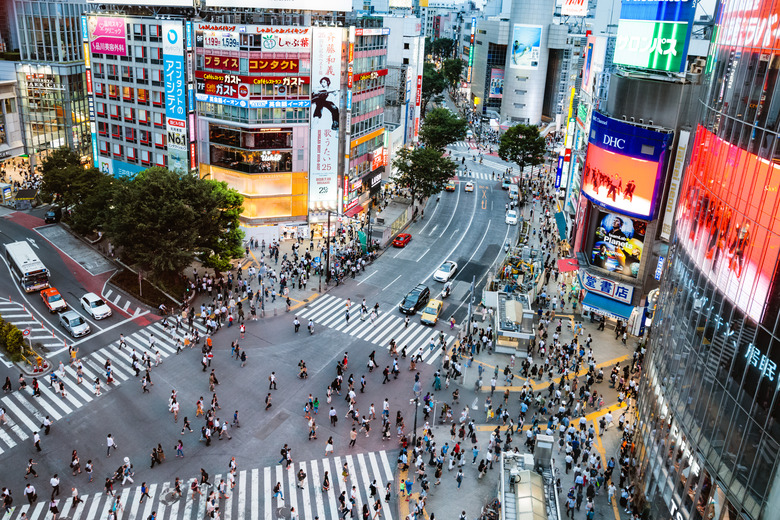Factors Which Have Limited The Growth Of The Human Population
All living populations possess a tendency for growth. Simultaneously, these populations encounter limitations to that potential. Some factors affecting human population growth (and other organisms' population growth) include predation, disease, scarcity of vital resources, natural disasters and an inimical environment.
Humanity, to a lesser or greater extent at various points during the course of history, has experienced all these obstructions and, for the most part, overcome them. While we can overcome some of these limiting factors for humans, we aren't immune to them all.
Limiting Factor Definition
Limiting Factor Definition
A limiting factor is a factor, condition, or characteristic in an environment that limits or controls the growth, abundance, or spread of a population. These can be either density dependent (depends on how many are in the population) or density independent (doesn't depend on the number in the population) factors.
Let's look at a a few examples. An example of a density dependent factor would be food. When a population is large, there is less food to go around to feed every individual. This follows the limiting factor definition since it controls the growth of a population and will only affect the population when it's at a certain size/density.
A density independent factor would be natural disasters. A forest fire, for example, doesn't care what size the population is, but it will limit a population's growth.
Predation
Predation
The earliest humans were hunter-gatherers who lived little differently than other animals, with only rudimentary tool use to distinguish themselves from less intelligent land mammals. The predators which culled the herds that humans also tracked posed active threats to humans, and death by predation, especially of the young and sick, would have limited possibilities for human proliferation. This was one of the main factors affecting human population growth during our early history.
The use of fire and increasingly sophisticated tools, particularly weaponry, lessened these threats and permitted limited human population growth.
Limiting Factors for Humans Include Other Humans
Limiting Factors for Humans Include Other Humans
Other humans also posed a threat to the overall growth of human populations. Groups of people inhabiting the same region competed indirectly for vital resources such as food and water. They also engaged in direct combat over territory and other matters. Warfare continues to threaten human populations. In the 20th century alone, wars were responsible for the untimely deaths of tens of millions of men, women and children.
Environmental Factors
Environmental Factors
The environment itself was, and still is in many cases, one of the main factors affecting human population growth. Human reaction to and manipulation of the environment either lessened or exacerbated the problem.
Hunter-gatherers, utilizing only the nutrition naturally growing in the form of plant life or roaming in the form of animal life in a given area, suffered nutritional deficits that affected their ability to withstand disease, sustain fertility and feed their young. In contrast, the development of agriculture, which successfully exploited soil in order to make it bear larger crops than are natural, preceded a continuous acceleration in the growth of humans' world population.
Disease
Disease
Disease has always been one of the biggest limiting factors for humans. For most of human history, people had no way to fight even the simplest of infections. Illnesses carried off many people before they managed to reproduce and, in fact, took the lives of most children before they reached the age of five.
This helplessness was frequently exacerbated by poor understanding of sanitation and personal hygiene. Only in the last two centuries has human health been proactively aided by advances in technology and medicine, such as the discovery of antibiotics. Since World War II, death rates in less developed countries have been greatly reduced.
Cite This Article
MLA
Paxton, Robert. "Factors Which Have Limited The Growth Of The Human Population" sciencing.com, https://www.sciencing.com/factors-limited-growth-human-population-8197577/. 22 November 2019.
APA
Paxton, Robert. (2019, November 22). Factors Which Have Limited The Growth Of The Human Population. sciencing.com. Retrieved from https://www.sciencing.com/factors-limited-growth-human-population-8197577/
Chicago
Paxton, Robert. Factors Which Have Limited The Growth Of The Human Population last modified August 30, 2022. https://www.sciencing.com/factors-limited-growth-human-population-8197577/
